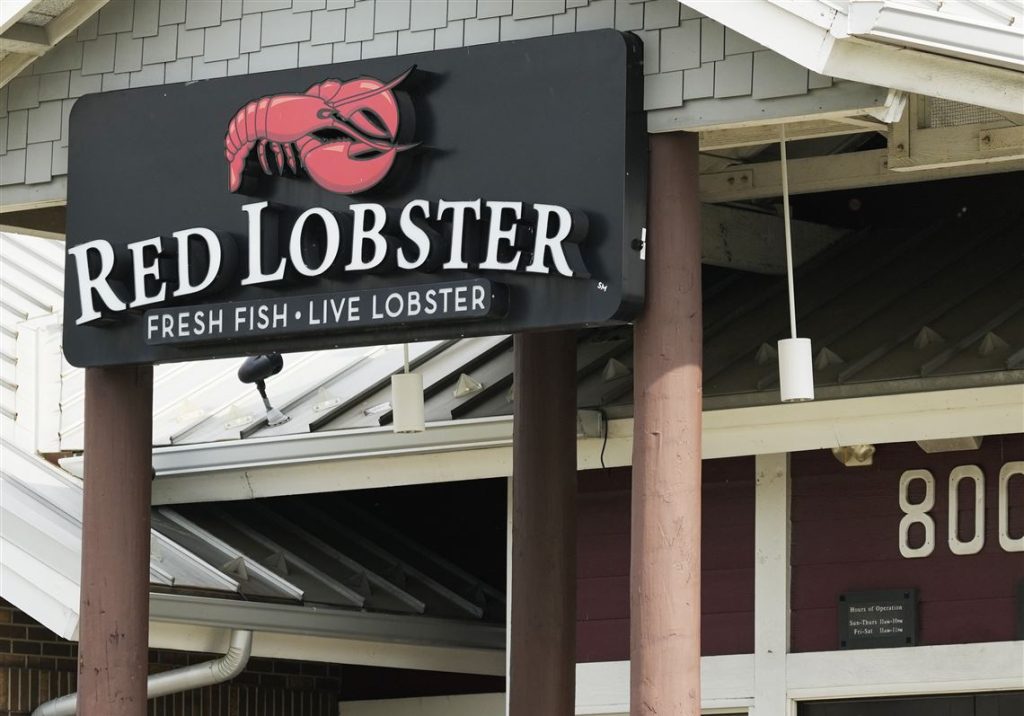In recent years, the American dining landscape has experienced a noticeable shift, with even some of the most iconic restaurant chains facing financial hurdles. Two major names—Red Lobster and TGI Fridays Closing—have announced the closure of several locations across the United States, sparking concern among loyal customers and raising questions about the future of casual dining.
Red Lobster: From Seafood Giant to Struggles
Red Lobster and TGI Fridays Closing, once hailed as the go-to seafood chain for families and special occasions, has seen a steady decline in business. In May 2024, the company filed for Chapter 11 bankruptcy protection and announced plans to close more than 90 of its restaurants nationwide. The closures are part of a restructuring strategy to eliminate underperforming stores and reduce financial pressure.
Why is Red Lobster Closing Locations?
Several factors have contributed to Red Lobster’s difficulties:
- High Operational Costs: From rising food prices—especially seafood—to increased wages, the cost of running each location has skyrocketed.
- Poor Business Decisions: Promotions like the “Ultimate Endless Shrimp” deal, though popular, reportedly led to financial losses.
- Changing Consumer Preferences: Today’s diners, especially younger generations, are leaning more toward fast-casual options or niche local restaurants.
- Real Estate Issues: Many Red Lobster locations are housed in large, costly buildings that are no longer sustainable with reduced foot traffic.
Red Lobster and TGI Fridays Closing: A Brand in Reinvention Mode
TGI Fridays, known for its casual American fare and lively bar atmosphere, is also facing its own challenges. In early 2024, the company revealed it had closed 36 “underperforming” restaurants, primarily in markets where maintaining profitability was no longer feasible. This move is part of a broader effort to streamline operations and refocus the brand.
What’s Causing the TGI Fridays Closures?
- Declining Sales: Like many sit-down chains, TGI Fridays has struggled to regain pre-pandemic sales figures.
- Brand Stagnation: Many critics and customers alike have noted that the menu and decor feel outdated, lacking the innovation seen in newer dining spots.
- Labor Shortages: The hospitality industry has faced major staffing challenges, affecting service quality and operational efficiency.
- Increased Competition: From gourmet burger joints to themed pop-up eateries, competition in the casual dining space has intensified.
Industry-Wide Implications
The challenges faced by Red Lobster and TGI Fridays Closing aren’t isolated. The restaurant industry as a whole is undergoing a transformation:
- Post-Pandemic Shifts: Consumer behavior has changed dramatically post-COVID-19, with a larger portion of dining occurring at home or through delivery services.
- Real Estate Strategy Revisions: Large restaurant footprints are becoming liabilities, prompting chains to consider downsizing or shifting to smaller, more efficient formats.
- Tech Integration: Chains that haven’t kept up with digital ordering, loyalty apps, and online customer engagement are losing ground.
- Health-Conscious Dining: There is increased demand for healthier, plant-based, and allergen-friendly menu items.
What’s Next for Red Lobster and Red Lobster and TGI Fridays Closing?
Both companies have signaled plans to restructure, innovate, and refocus their business models:
- Red Lobster aims to emerge from bankruptcy with a leaner footprint and a redefined value proposition that balances customer expectations with financial sustainability.
- TGI Fridays has hinted at modernizing its menus, introducing franchise reforms, and revamping restaurant interiors to appeal to a younger demographic.
Conclusion
The closure of Red Lobster and Red Lobster and TGI Fridays Closing locations underscores a broader trend in the American dining experience. Consumers today want more convenience, better value, and unique offerings—challenges that legacy brands must overcome if they hope to survive and thrive. While the closures may be disappointing to fans of these iconic eateries, they also represent an opportunity for reinvention in a rapidly evolving market.
FAQs
Q1: Is Red Lobster going out of business completely?
A: No, Red Lobster is not shutting down entirely. It has filed for bankruptcy protection and is closing select underperforming stores while planning a financial and operational restructuring.
Q2: Are all TGI Fridays locations closing?
A: No, only a portion of underperforming TGI Fridays locations are being closed. The brand is still operational and planning updates to its format and offerings.
Q3: Why are traditional restaurant chains struggling?
A: Several reasons include rising costs, labor shortages, shifting customer preferences, and intense competition from newer dining concepts and fast-casual models.
Q4: Will these closures affect gift cards or loyalty programs?
A: For Red Lobster, gift card policies are expected to remain valid during restructuring. TGI Fridays has not reported changes to their loyalty program, though customers should check with individual locations.
Q5: What can diners expect in the future from these chains?
A: Customers can expect menu changes, updated interior designs, improved digital experiences, and a focus on customer satisfaction as both brands attempt to modernize.
If you’d like updates on the latest restaurant news, closures, and industry trends, stay tuned for more insights.



